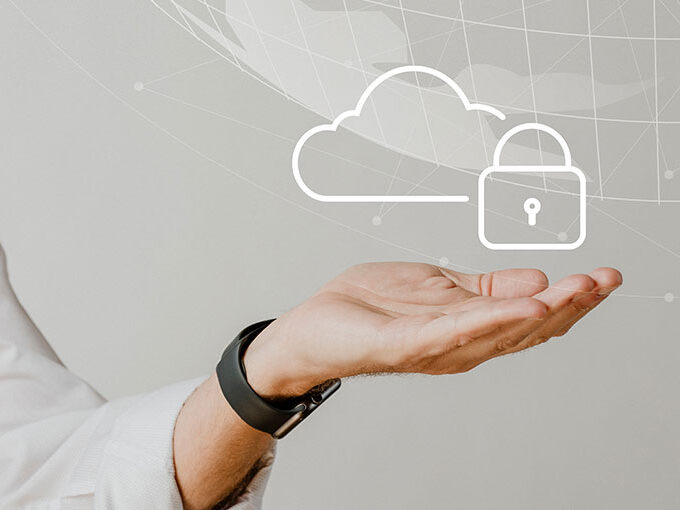Migrating software sounds straightforward – move your data from one system to another and keep working. In reality, it’s one of the riskiest parts of any digital transformation. When data moves, it’s exposed, and that’s when most security incidents happen.
Just look at the numbers: according to IBM’s Cost of a Data Breach Report 2024, the average global data breach now costs around $4.88 million. That doesn’t include the lost trust, downtime, or brand damage that follows.
“For a business, data is everything — customer information, contracts, product details, even your company’s internal know-how. Losing control of it, even briefly, can create chaos. At Corsac, we treat data protection during the migration process as not just an IT task. We are committed to keeping your data secure at every stage of the migration process because we understand that behind each file and database entry lies your reputation, and your company’s future” – Igor Omelianchuk, CEO of Corsac Technologies.
5 Steps to Secure Data During Migration
The systems change, but the commitment doesn’t. Data security during software migration is not the responsibility of only tech providers. As a business executive, you should know to keep your data safe every step of the way, as it determines whether your business emerges stronger or exposed.
Also read: Data Conversion vs. Data Migration – What’s the Difference
Encrypt
Data encryption translates data into a code or ciphertext that can only be read by people with access to a secret key or password. This is the first line of defense. Ensure data is encrypted both in transit (with SSL/TLS protocols) and when stored (with AES encryption). Even in the case of a data breach, encrypted data is useless.
Control Who Has Access
The fewer people who interact with data, the better. Not everyone should have access to data during migration. Use role-based access control (RBAC) – assign specific roles and permissions to team members involved in the migration process, ensuring they can only access the necessary data. Use two-factor authentication and log every action during migration, control who accessed what, when, and why.
Ensure Compliance
Each industry operates under its own data protection framework, GDPR for handling personal data in the EU, HIPAA for healthcare, PCI DSS for payment information, and so on. Before the software migration begins, identify exactly which regulations apply to your data and map out how you’ll meet those requirements throughout the process.
“The truth is, compliance only matters when things go wrong, and by then, it’s too late to fix. They’ve lost control of their data simply because someone treated compliance as a checkbox. During migration, that assumption can cost you everything,” – mentions Andrew Lychuk, co-founder of Corsac Technologies.
Validate Data
Data validation in the context of migration means that the entire dataset has been accurately and securely transferred from the source system to the target system. Data validation typically includes three stages. First, pre-migration check when you define clear validation rules and what is considered good” data. Second, in-migration, when you perform continuous checks to catch errors in real time. Third, post-migration, which covers validation checks after the migration is complete.
Also read: 4 Best Practices for Data Security and Backup Planning
Have a Backup and Recovery Plan
No migration is risk-free. Before you start moving data to the cloud, make a verified, complete backup of all critical data. Test your recovery process, don’t just assume it works. If something goes wrong during migration, from cyberattacks to corrupted files, a solid backup and recovery plan will save time, money, and your reputation.
Summing Up
To sum up, ensuring data security during software migration is never just one more technical challenge but a matter of reputation for your business. Corsac team makes sure your business’s data stays protected at every step of the migration process. Through the decades on the market, Corsac gained expertise in software migration for organizations across niches. With them, your legacy software will get the modernization it requires without putting your data at risk.










Leave a comment